Home>Ideas and Tips>Art Nouveau Nostalgia: Organic Forms In Design
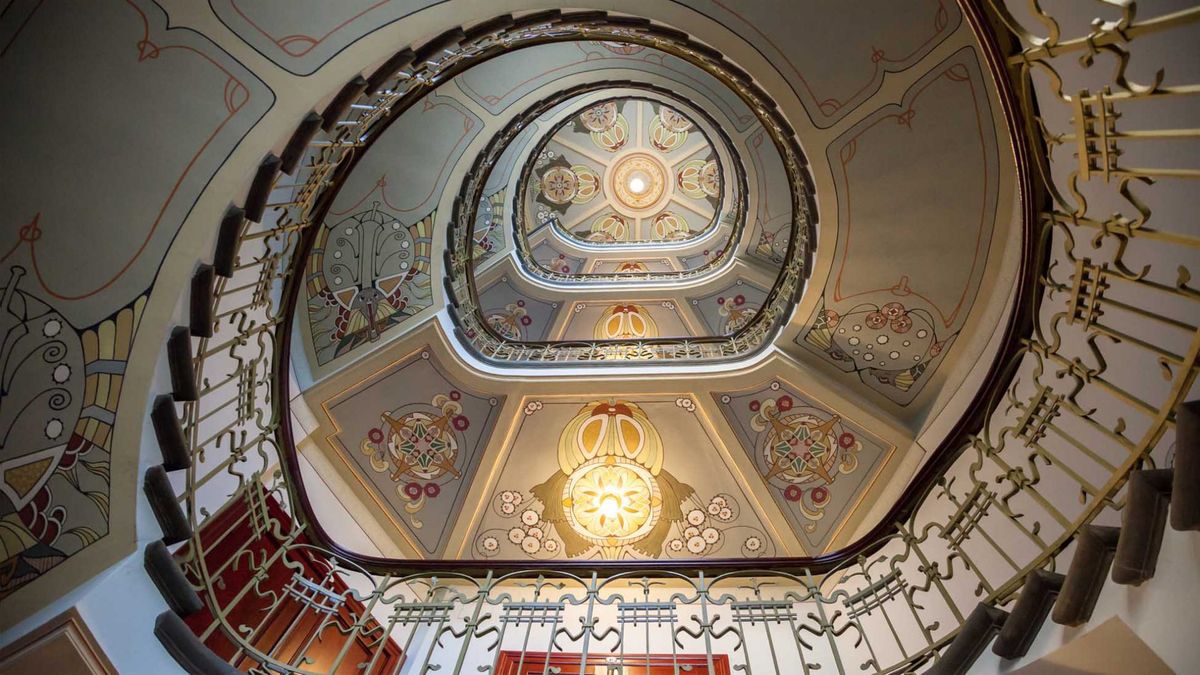

Ideas and Tips
Art Nouveau Nostalgia: Organic Forms In Design
Published: October 23, 2024
Explore the timeless beauty of Art Nouveau, its organic forms, sinuous lines, and intricate designs that continue to inspire contemporary design.
(Many of the links in this article redirect to a specific reviewed product. Your purchase of these products through affiliate links helps to generate commission for Storables.com, at no extra cost. Learn more)
Introduction
Art Nouveau, a style that emerged in the late 19th century, is renowned for its organic forms, sinuous lines, and intricate designs. This aesthetic movement not only influenced the world of art and architecture but also had a profound impact on various aspects of design, from fashion to furniture. The term "Art Nouveau" translates to "new art" in French, and it indeed represented a new era in design, one that sought to break away from the traditional boundaries between fine arts and applied arts. In this article, we will delve into the history of Art Nouveau, its key characteristics, and how it continues to influence contemporary design.
Read more: Organic Forms In Art Nouveau Home Design
The Origins of Art Nouveau
Art Nouveau was born out of the Arts and Crafts movement, which emphasized artisanal craftsmanship and drew inspiration from nature. The movement's roots can be traced back to Britain, where artists and designers like William Morris were advocating for a return to natural forms and organic shapes in design. Morris's floral designs and the teachings of John Ruskin, who advocated for the importance of nature in art, were pivotal influences on the development of Art Nouveau.
In Europe, particularly in Belgium and France, Art Nouveau began to take shape. The movement was characterized by its flowing, undulating forms inspired by nature—such as lilies, vines, and flower stems. Victor Horta's interiors and the decorative works of Louis Majorelle and Émile Gallé exemplified this organic and curvilinear aesthetic. The incorporation of patterns from Japanese art, including butterflies and dragonflies, also played a significant role in shaping the Art Nouveau style.
Key Characteristics of Art Nouveau
Organic Forms
One of the defining features of Art Nouveau is its use of organic forms. Designers drew inspiration from plants, flowers, and other natural elements to create intricate and flowing designs. These forms were not just aesthetically pleasing but also symbolized the connection between nature and human creativity. The emphasis on organic shapes led to the creation of sinuous lines and whiplash curves that became synonymous with the style.
Sinuous Lines and Whiplash Curves
The sinuous lines and whiplash curves used in Art Nouveau designs were inspired by the natural world. These curves were often described as dynamic and undulating, adding a sense of movement to the artwork. The term "whiplash" was coined to describe these sudden violent curves generated by the crack of a whip, which became a hallmark of Art Nouveau.
Muted Colors
Art Nouveau designs typically featured muted colors such as peacock-blue, earth-brown, and sage-green. These colors were chosen for their subtlety and ability to complement the organic forms without overpowering them. The use of muted colors added a sense of elegance and sophistication to the designs.
Ornamentation
Ornamentation was a crucial element in Art Nouveau. Designers believed that more was more when it came to decoration. Floral patterns, curves, linear designs, and elegant silhouettes were all used extensively in Art Nouveau. The emphasis on ornamentation was not just about aesthetics but also about creating a sense of luxury and high-quality craftsmanship.
Influence of Japanese Art
Japanese art had a significant influence on Art Nouveau. The ukiyo-e movement, which involved woodblock printing, introduced bulbous forms and the popular "whiplash" curve to European design. Artists like René Lalique and Louis Majorelle were inspired by Japanese motifs such as butterflies and dragonflies, incorporating them into their work.
Technological Innovations
Art Nouveau was not just about aesthetics; it was also about technological innovation. The Industrial Revolution provided access to new materials like iron, glass, and concrete, which allowed for the creation of complex structures and beautiful objects. These materials enabled mass production, making high-quality design accessible to people from different social classes.
Notable Designers and Their Contributions
René Lalique
René Lalique was a master jeweler whose work epitomized the Art Nouveau style. His intricate designs featuring flowing botanical forms were showcased at exhibitions where they dazzled audiences with their beauty and craftsmanship. Lalique's work not only reflected the organic forms of Art Nouveau but also demonstrated its potential in jewelry design.
Louis Majorelle
Louis Majorelle was another prominent figure in the Art Nouveau movement. His furniture designs featured elegant silhouettes and intricate patterns inspired by nature. Majorelle's work often included elements like flower stalks and buds, vine tendrils, and insect wings, showcasing his ability to merge ornament and structure seamlessly.
Charles Rennie Mackintosh
Charles Rennie Mackintosh was a Scottish designer who contributed significantly to the Art Nouveau movement. Unlike many of his contemporaries who focused on organic forms, Mackintosh's work featured bold geometric shapes alongside more traditional motifs. His innovative furniture designs elevated him to a unique position within the movement.
Read more: How To Organize Art Supplies
The Rise and Fall of Art Nouveau
Art Nouveau reached its peak in the early 20th century but began to fade away after World War I. The highly decorative and celebratory style was suddenly out of step with the international mood during wartime. People found the elaborate designs and architecture of Art Nouveau to be a waste of time and resources that could be better spent on the war effort.
Despite its decline, Art Nouveau laid the groundwork for future design movements like Art Deco. While Art Deco emerged with a focus on streamlined and geometric aesthetics, it retained some elements from Art Nouveau's emphasis on natural motifs and flowing lines.
Contemporary Influence of Art Nouveau
In recent years, there has been a resurgence of interest in Art Nouveau. Designers are once again drawn to its organic forms, sinuous lines, and intricate designs. This nostalgia for the past is partly driven by a desire for flourishes in an era dominated by sleek and often flat design aesthetics.
Design Guide for Art Nouveau
If you're looking to incorporate Art Nouveau elements into your design, here are some key principles to follow:
- Ornamentation is Key: More is more when it comes to decoration. Use floral patterns, curves, linear designs, and elegant silhouettes extensively.
- Forget Geometry, Go Organic: Move away from geometric lines and embrace long, organic lines that evoke a sense of movement.
- Pick a Muse from Your Natural Surroundings: Draw inspiration from nature—flowers, leaves, birds, insects—to create intricate designs.
- Merge Ornament and Structure: Combine ornate elements with structural integrity to create cohesive designs.
- Be Exquisite in Your Decorative Style: Create patterns with linear rhythms and highlight intricacies inspired by natural elements.
- It’s All About That ‘Greenery Yallery’: Use muted colors like peacock-blue, earth-brown, and sage-green to complement organic forms.
- Be Liberal with Your Materials: Combine materials like ironwork, steel, glass, ceramic, brickwork, and wood to create unique designs.
Conclusion
Art Nouveau continues to captivate designers and enthusiasts alike with its timeless appeal rooted in organic forms and sinuous lines. From its origins in Britain's Arts and Crafts movement to its international influence through exhibitions and publications, Art Nouveau has left an indelible mark on design history. As we navigate contemporary design trends dominated by digital industrialism, there is no better time than now to revisit this nostalgic yet forward-thinking aesthetic movement that championed both luxury and accessibility through beautiful functional art.
In conclusion, Art Nouveau remains a testament to human creativity's ability to find beauty in nature while pushing boundaries through technological innovations. Its legacy continues to inspire new generations of designers who seek not only aesthetic appeal but also spiritual upliftment through their creations—a true embodiment of Morris's vision for Gesamtkunstwerk ("total work of art").
Was this page helpful?
At Storables.com, we guarantee accurate and reliable information. Our content, validated by Expert Board Contributors, is crafted following stringent Editorial Policies. We're committed to providing you with well-researched, expert-backed insights for all your informational needs.
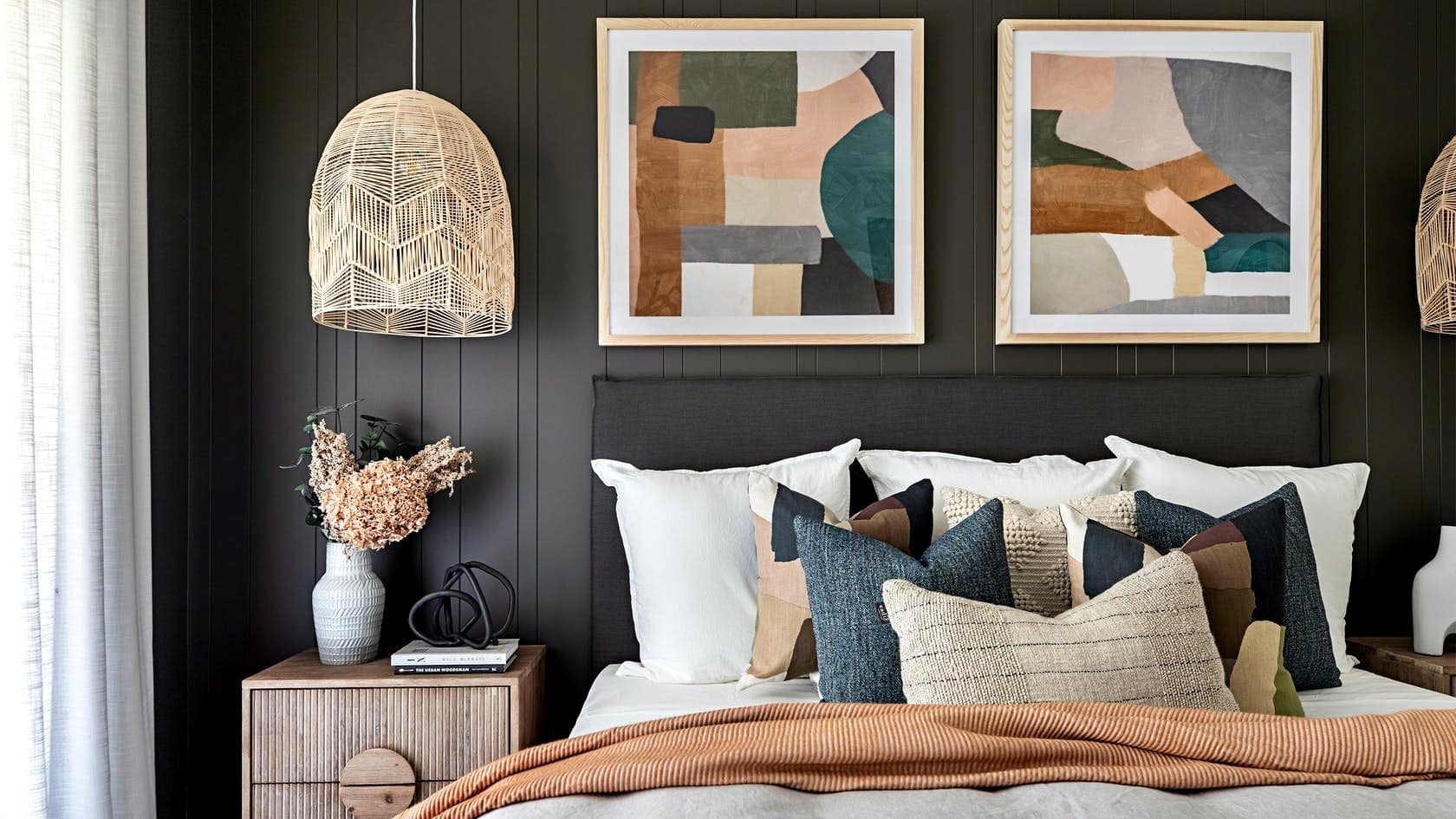
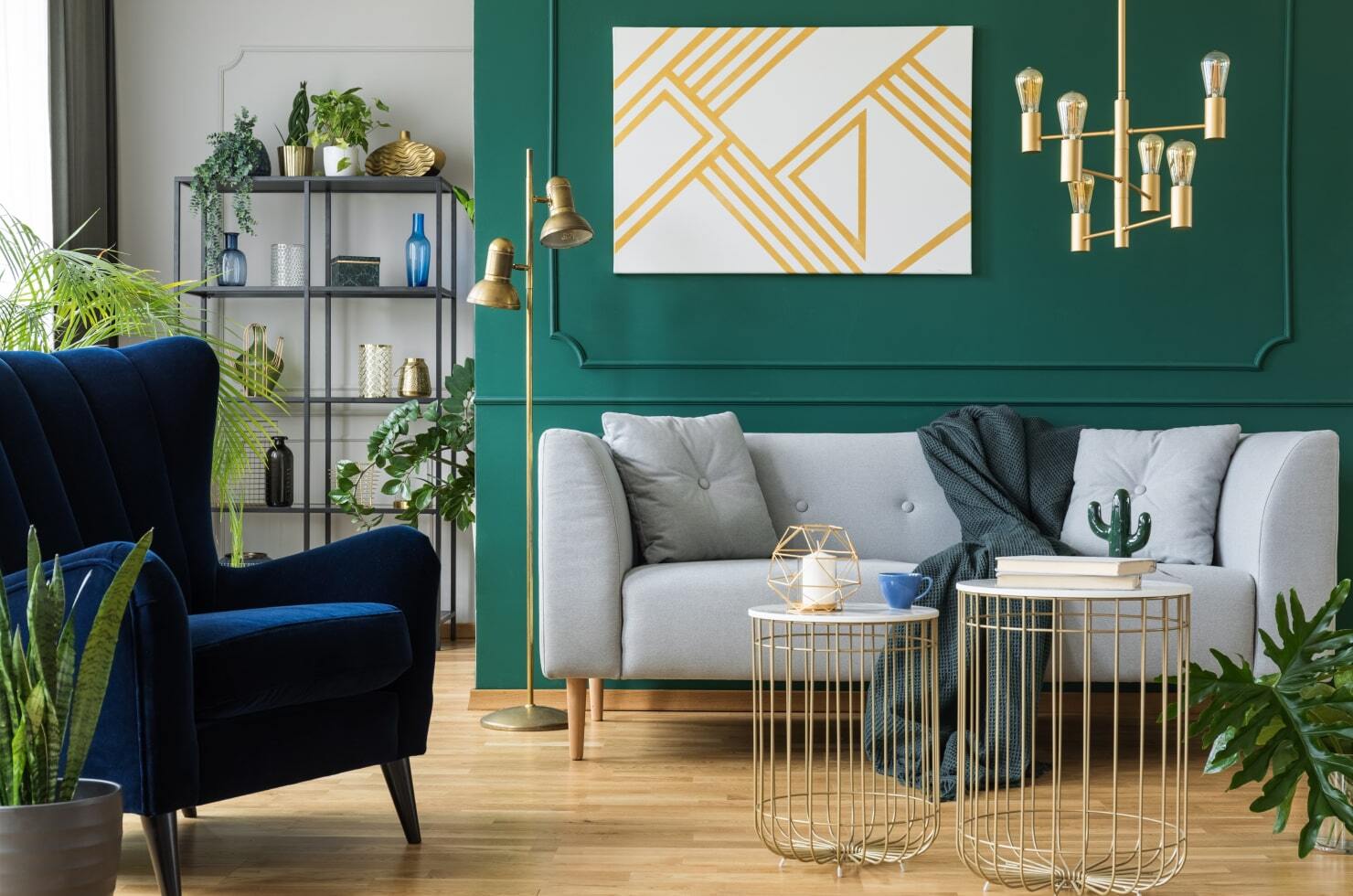
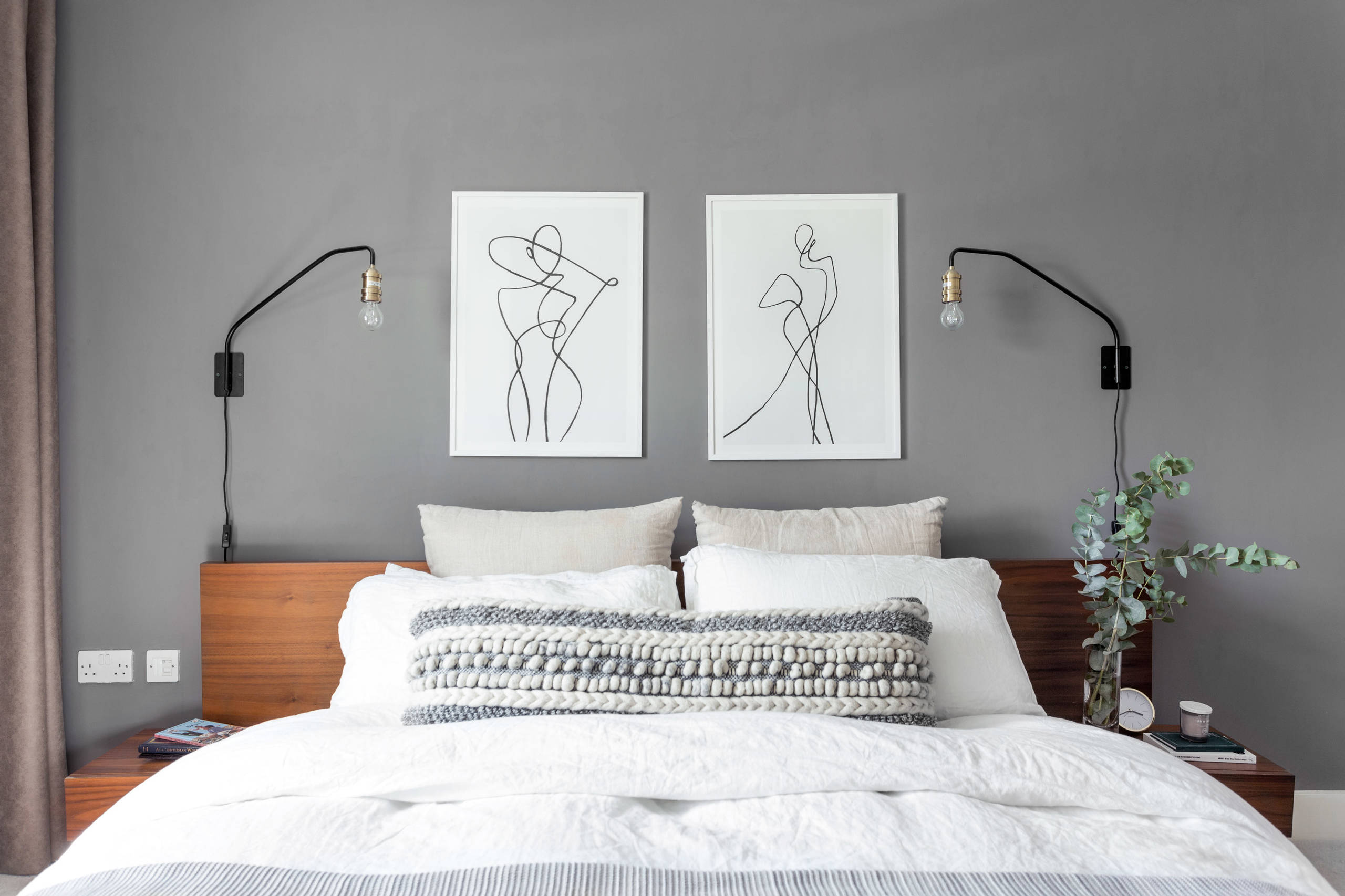

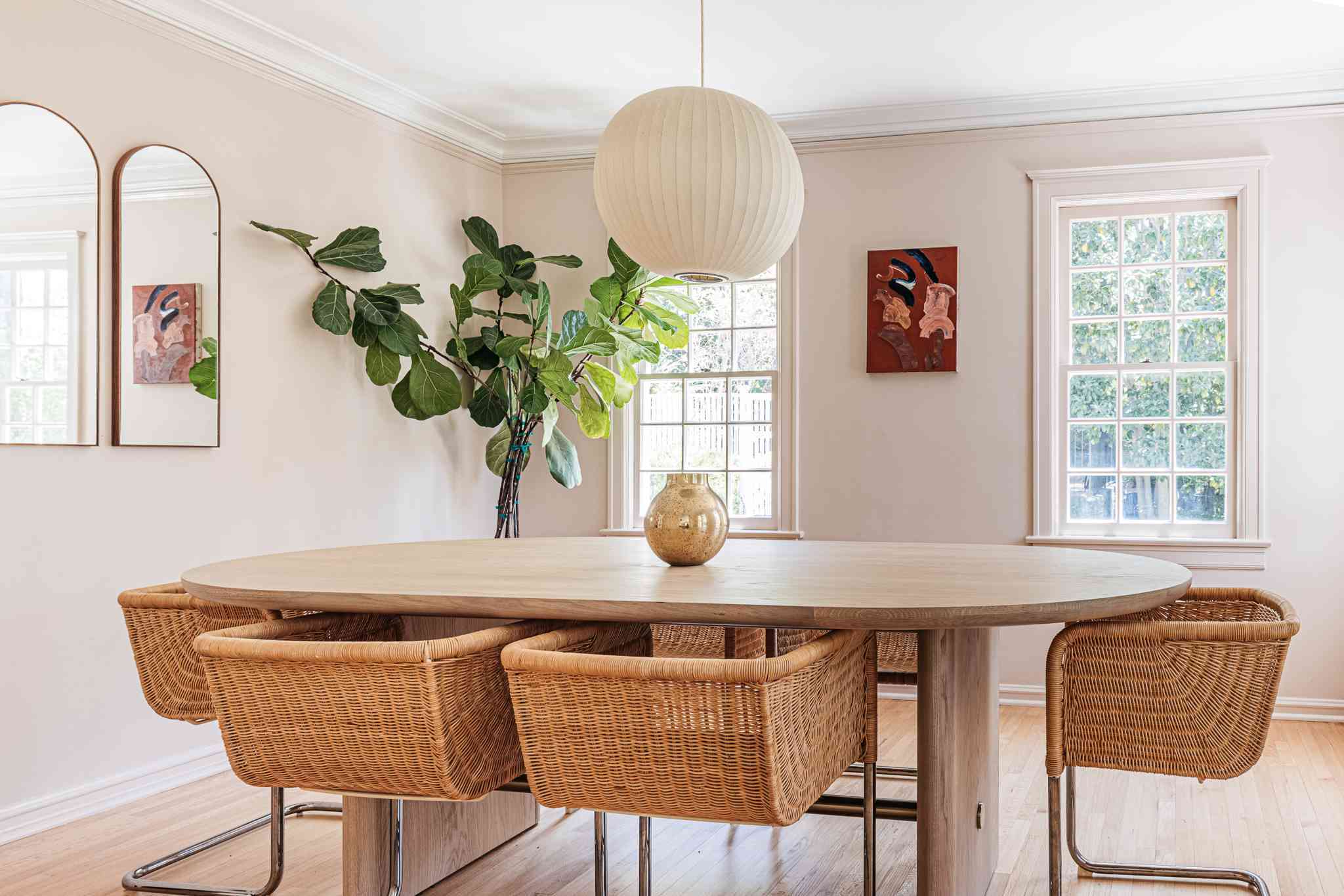

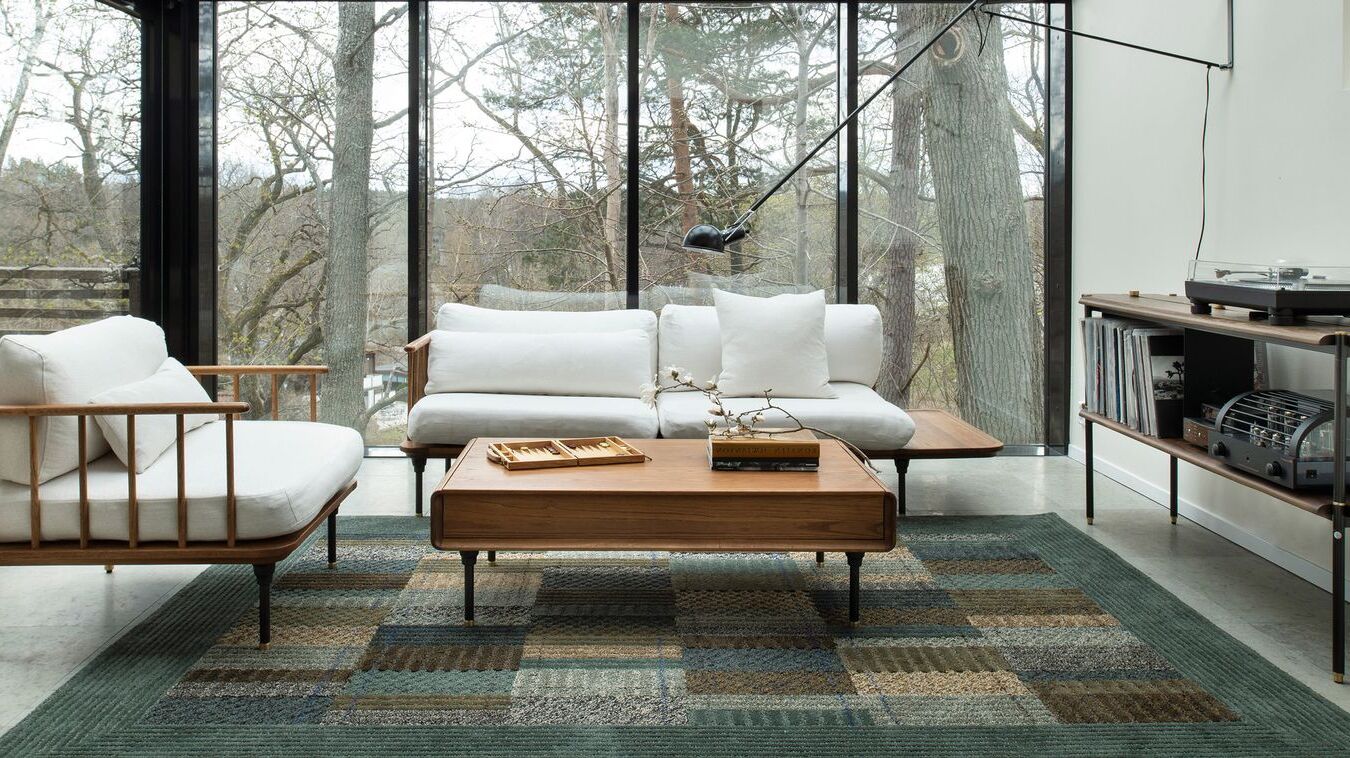


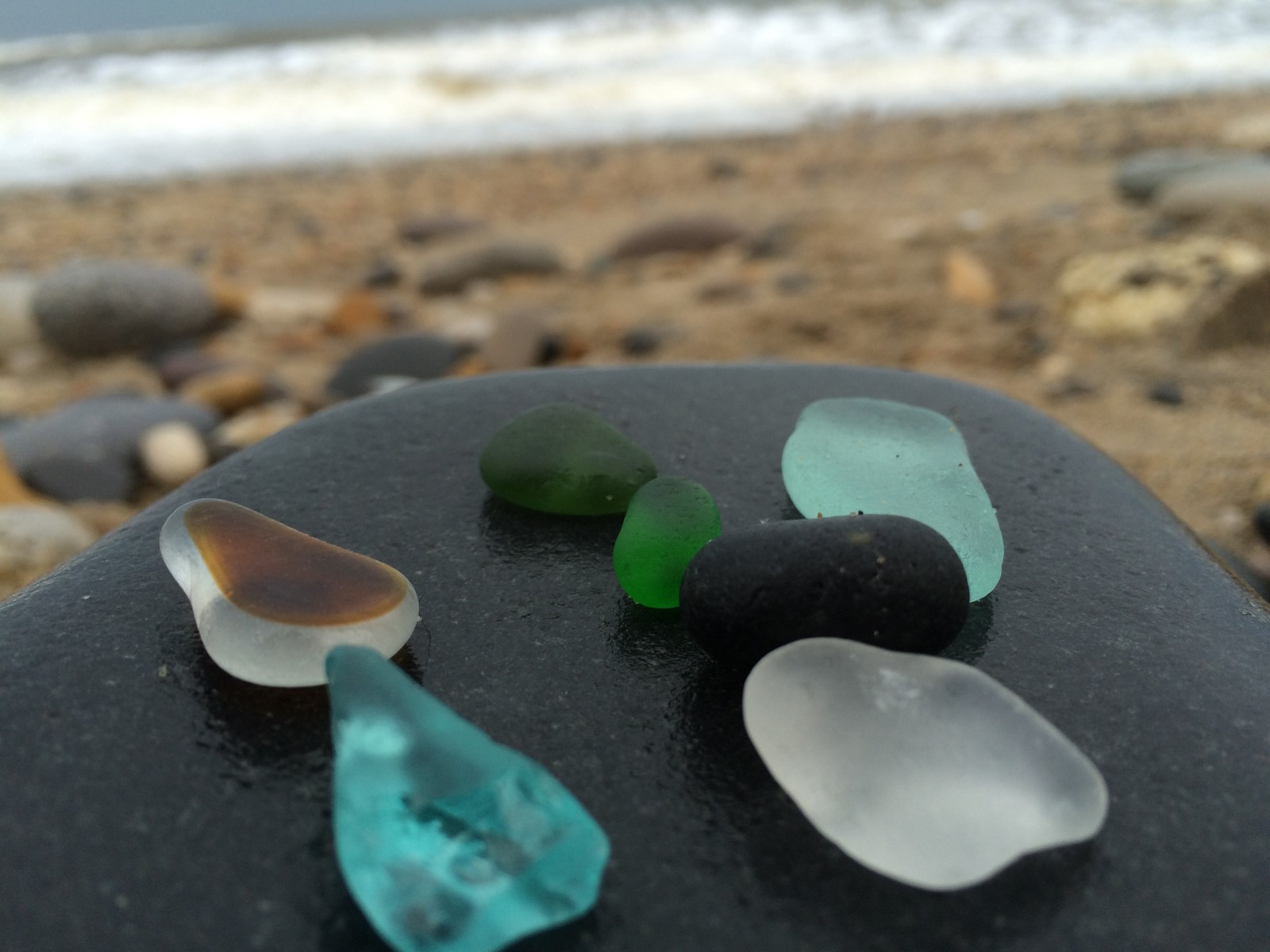
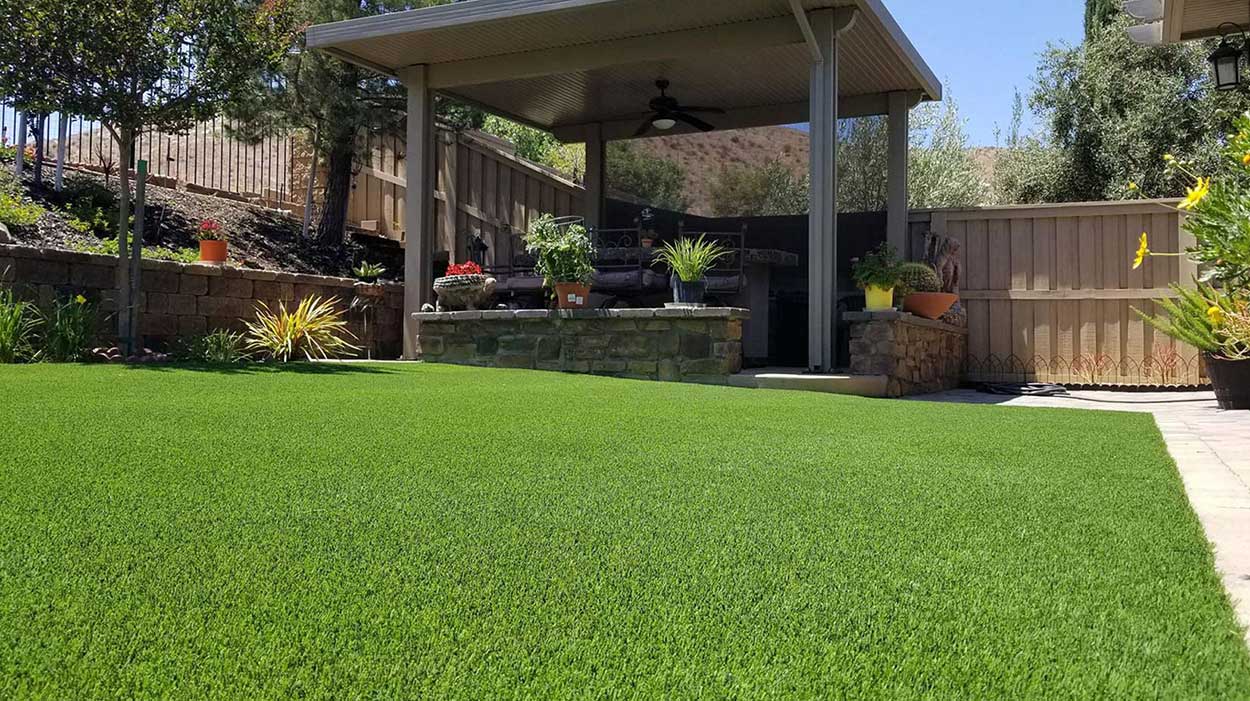
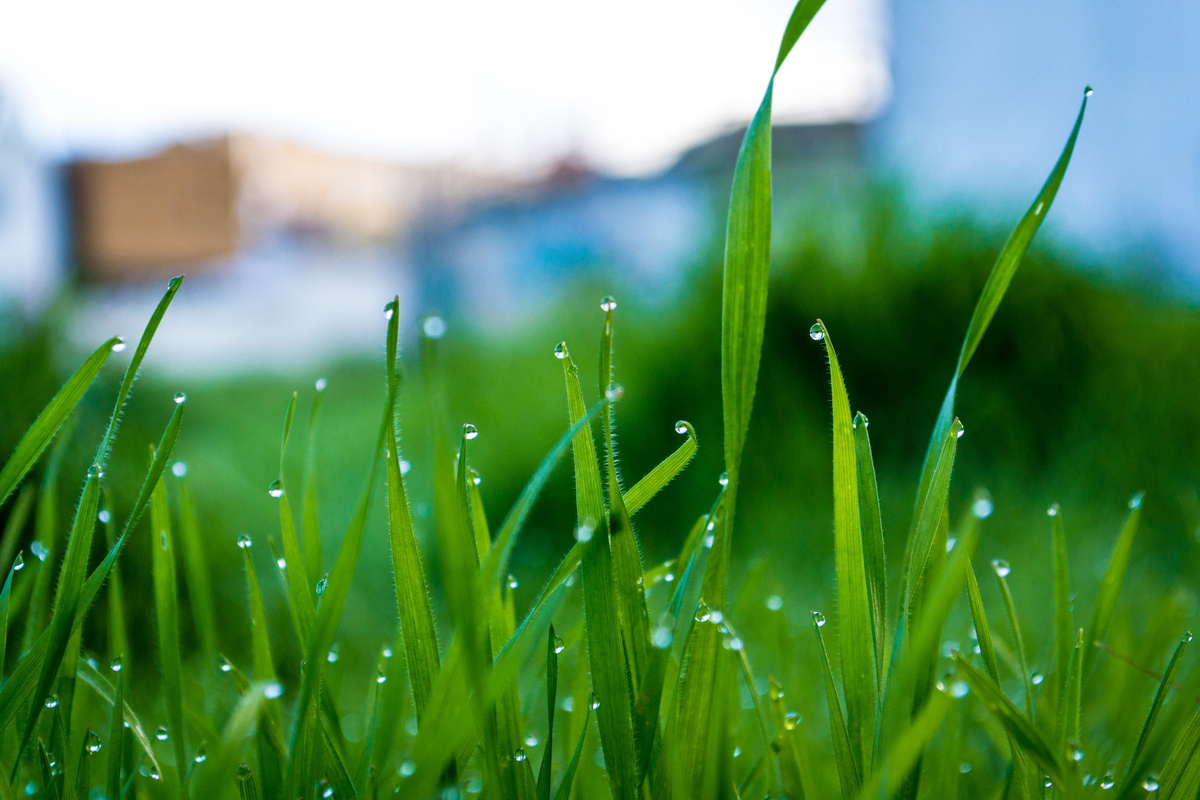

0 thoughts on “Art Nouveau Nostalgia: Organic Forms In Design”